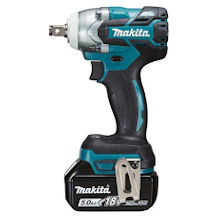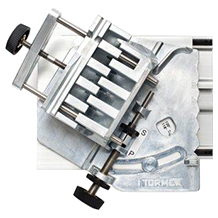Cordless drill driver purchasing advice: how to choose the right product
- What you need to know
- Cordless drill drivers combine power drill and screwdriver in one tool.
- Common models have a voltage from 3.6 to 24V.
- For home use, devices with ten to twelve volts are sufficient, professionals should go for at least 18V.
- Tools with lithium-ion batteries are considered the most powerful.
Popular all-rounders
An everyday occurrence: You have finally found a picture for the living room wall and need to drill holes to hang it. In these moments, a cordless drill is the right tool. It combines cordless screwdriver and power drill in one device. Due to its wide range of applications, it has become extremely popular. Discounters frequently offer quite low-priced models, while top brands provide a range of high-prized but also high-end models.
Cordless drill drivers differ in terms of size, power, range of functions, accessories, and runtime. For amateurs, it is particularly difficult to find their way through a plethora of options. Our guide looks to solve that. For this, we will first introduce the tool in general and explain its general operation. We will then take a look at the different types of cordless drill drivers and show the advantages and disadvantages respectively. After that, you’ll find a comprehensive buyer’s guide that goes into detail on what you need to consider when choosing a tool. Finally, we will address some frequently asked questions in connection with cordless drill drivers.
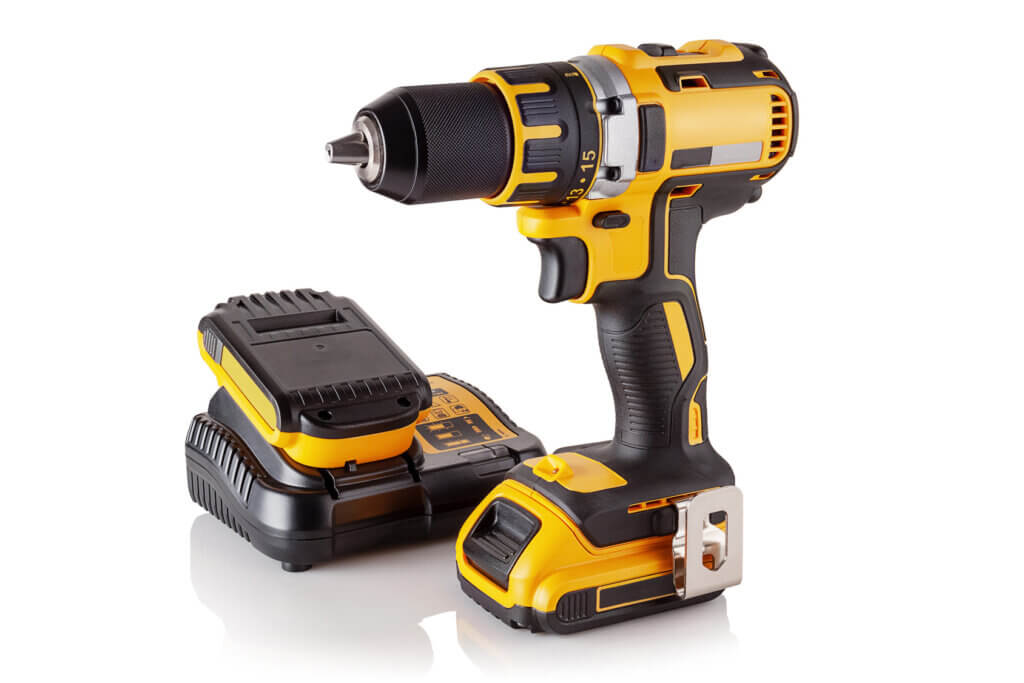
What is a cordless drill driver?
Apart from the fact that this type of device combines a drill and a screwdriver, the battery is also a defining feature of this tool. It doesn’t require a cable, so, you can use it to reach places that are difficult to access. For example, if you want to drill into the ceiling and mount a lamp, a cordless drill driver is the perfect choice.
How does a cordless drill driver work?
A cordless drill driver basically consists of the following four components:
- rechargeable battery
- drive
- screw bits and drill bits
- controls
The motor of the screwdriver draws its energy from the rechargeable battery. Usually, the motor has two gears. The first gear is slightly weaker and is used for screwing. The second gear with a higher force is used for drilling. You can switch between the two gears using the controls. Most of the cordless drill drivers have a shape that resembles a pistol. The screwdriver is operated by a trigger, which is located at the same position as that of a handgun. The switch between the two gears is often located on top of the device.
The motor moves the screw or drill bits. Almost all models have a forward and reverse setting, which allows a clockwise and counterclockwise rotation. This is used to loosen or tighten screws. That’s why, cordless drill drivers are a handy tool for both the assembly and disassembly of furniture.
Bits and chucks: know your way around them
If you’re researching a cordless drill driver online, you’ll quickly come across two technical terms that you should know in order to make a competent purchase decision: bits and chucks.
Screw bits are attachments for screwdrivers that fit the different screw drives. For example, there are cross-head screws, also called Phillips screws, and a whole range of different Torx screws.
Accordingly, drill bits are ment for drilling into different materials. These bits differ in length and thickness, and are used to drill through materials of distinct degrees of hardness. Top models may additionally come with bits from different materials. For example, to be able to pierce stone, some bits are made of ultra-hard titanium.
The drill chuck is the part on the screwdriver that holds the bits. Typically, the diameter of the drill chuck can be widened or narrowed by means of a rotating device. Drill chucks usually have a diameter of 1 to 10mm. There are, however, also models with a diameter of up to 15mm or more.
No matter which cordless drill driver you choose: A decent selection of bits should always be part of the scope of delivery. Most users repurchase high-quality bits later, but a starter set is standard.
The different types
Basically, three types of cordless drill drivers are distinguished:
- compact cordless drill driver
- cordless drill driver
- cordless impact drill driver
A fourth one is the closely related classic cordless screwdriver. Yet, its motor is not powerful enough to drill, and the battery is permanently installed. If it has a defect, the entire tool must be replaced. Since there is not much difference in price to cordless drill drivers, the purchase of a simple cordless screwdriver doesn’t make sense.
Compact cordless drill driver
The name already suggests it: This is a very small model, which is inexpensive and doesn’t take up much space. The voltage of the motor starts at 3.6V and ranges up to 6V depending on the model. The battery is permanently installed, and the setting options are very limited. This applies in particular to the torque, which determines the force with which the tool works.
Advantages
- Inexpensive
- Handy
- Easy to use
- Reliably performs simple tasks such as furniture assembly
- Comparatively safe (lower risk of injury due to less force)
- Easy to acquire
Disadvantages
- Battery can not be changed
- Battery runtime is comparably low
- The quality often leaves much to be desired
- The motor power is too weak for demanding work
- Many compact cordless drill drivers only have one drill chuck with a fixed size
- Spare parts can be difficult to obtain
Who should opt for a compact cordless drill driver?
This tool type is especially suitable for you if you rarely need a cordless drill. If, on the other hand, you regularly drill with a compact cordless drill driver, you will quickly be annoyed by the low motor power.
Cordless drill driver
Classic cordless drill drivers are specifically designed for DIY enthusiasts. On average, they operate at a voltage of 10 to 15V and have various torque settings. In this way, you can both screw and drill with reasonable force.
Advantages
- Exchangeable battery
- Sufficient for the vast majority of DIY jobs
- Easy to use
- Spare parts are easily available for models of well-known brands
- Models with lithium-ion batteries are environmentally friendly
Disadvantages
- The quality of the individual components varies greatly depending on the tool
- More expensive than a compact cordless drill driver
- The wide price range makes the choice complicated
Who should opt for the normal-sized drill driver?
This model is intended for the vast majority of users. If you need a tool for relatively regular home use, you will make the right choice with this. Keep in mind: quality over price. If you frequently work on professional or otherwise demanding projects like masonry, you should invest more.
Cordless impact drill driver
Cordless impact drill drivers are largely identical to the normal-sized model, only they have the additional ability to apply a pulsating force in the direction of the axis (that is, in the direction of the tip of the device). That’s why they are called “impact” drill drivers. The advantages and disadvantages are largely identical to those of the classic drill drivers. In the following, we will therefore only mention the advantages and disadvantages that are specifically related to the impact aspect of the device.
Advantages
- More power
- Often more setting options
- Even particularly hard materials such as concrete or stone can be penetrated
Disadvantages
- Higher weight
- Higher price
- Relatively difficult handling for beginners due to the impact
Who should opt for the impact drill driver?
In principle, this device is only intended for users with particularly high demands. If you are looking for a truly universal cordless drill driver, you should opt for the impact variant. The device is too strong for simple home use. Those who have no experience with impact tools are often surprised by the pulsating force and have difficulty handling them correctly.
A cordless impact drill driver can’t compete with a conventional impact drill
The device may sound fierce, but don’t be fooled: The power of a cordless impact drill driver is still quite limited. The tool works with 18-20V and has therefore a much lower output than an impact drill. Particularly hard materials such as metals cannot be penetrated. This means, the cordless impact drill driver is not sufficient for professional use.
What to consider when buying
The battery
The quality of a cordless drill driver lives or dies with the battery. Its runtime determines how long the device can be used at a time. Older batteries in particular are rather heavy and make the tool more unwieldy. In general, three different battery types can be distinguished:
- The above-mentioned lithium-ion battery (LI-Ion)
- Nickel-metal hydride battery (NiHM)
- Nickel-cadmium battery (NiCd)
If possible, you should always opt for a tool with a Li-Ion battery. These batteries are somewhat more expensive in comparison, but otherwise offer only advantages. For example, they are significantly lighter (around 40%) and more durable. They do not have a so-called memory effect, which the other two variants have to contend with. This happens when the battery gets damaged by interrupting the charging or if charging is started before the battery has completely discharged.
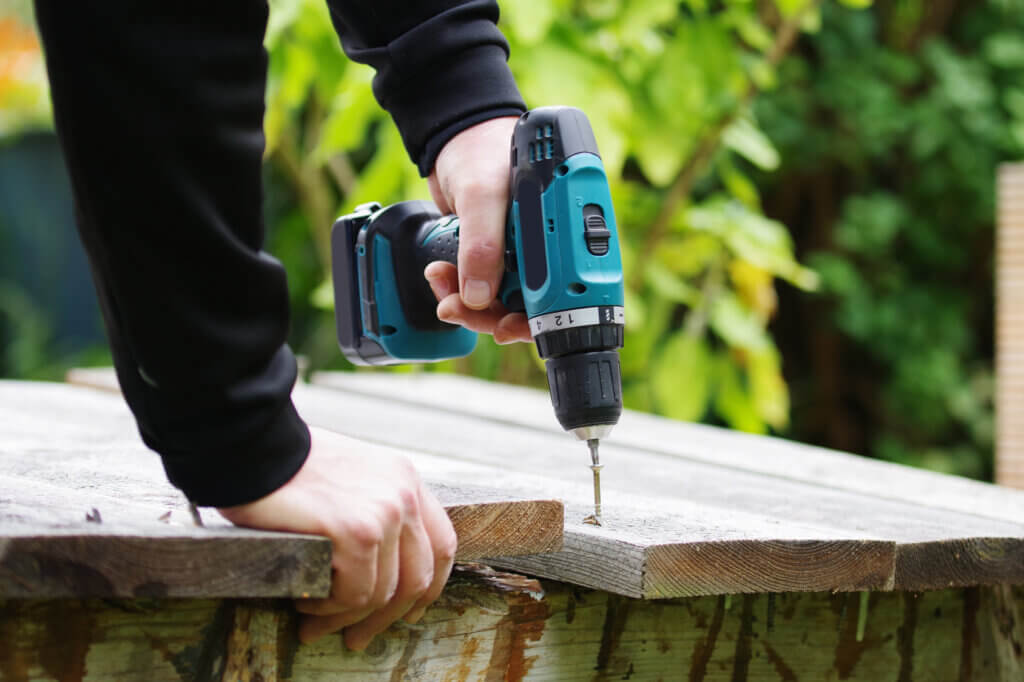
Lithium-ion batteries, which are also used in smartphones, have a negligible self-discharge. Per month, the charge is reduced by one to two percent when not in use. The tool can therefore lie in the toolbox for months and still be ready for immediate use.
The other battery types, on the other hand, hardly offer any advantages. Nickel-metal hydride batteries are said to have certain all-round qualities. However, they cannot compete with those of Lithium-ion batteries, except for the price department. Nickel-cadmium batteries are considered to be extremely robust. However, most of these batteries have been banned in the European Union since 2009. The only exceptions are batteries used in portable power tools such as the cordless drill drivers, which later have been banned effective 2016. The heavy metal cadmium is toxic and therefore extremely harmful to the environment.
The battery runtime
The battery runtime is specified in ampere hours (Ah). The lower minimum is 1.5 Ah. Two to six ampere-hours are common. If you rarely need your drill driver and rather own it for emergencies, you can choose a weaker battery. Those with higher demands should look for a longer battery runtime.
Replaceable battery: yes or no?
A replaceable battery is always preferable. Simply because you don’t need to replaced the entire tool in the event of a defect. Professional craftsmen have a second and sometimes even a third spare battery. One is always in the charger. This ensures that they don’t have to interrupt their work when the battery in operation runs out of juice. Certain brands like Bosch even make removable batteries that can be used for different power tools in their product range, making them even more practical, economical, and environmentally friendly.
Torque settings
Torque refers to the rotational effect of the force applied by the drill driver on the screw. What many beginners do not know: Depending on the type of screw, a different torque is recommended. For wide screws, it’s better when the rotational effect is as strong as possible. A good cordless drill driver should therefore offer several torque settings. At least three options should be available. Professional devices have up to ten different torque settings.
The voltage
If you rarely use the tool, 3.6 to 6V are more than enough. For regular use with higher demands, you need a tool with 10 to 12V. Professionals should rely on at least 18V.
The abbreviation Nm
Occasionally, the abbreviation Nm can also be found on the packaging or drill driver itself. This stands for newton meter and refers to the pure force with which the device can operate. In essence, this means that the more Nm, the more powerful the drill driver.
The maximum diameter of the drill chuck
Most models have a drill chuck diameter of one to ten millimeters. This is fully sufficient for most tasks. The only exception is when you want to drill into metals or other particularly hard materials. The included bits for this purpose have an average diameter of 13 to 15mm. The drill chuck must account for this fact.
The volume
Some power tools can be exceptionally loud. But that’s rather rare for DIY tools. Good cordless drill drivers may get to 70 to 80 dB. This is roughly equivalent to the noise level generated by domestic vacuum cleaners.
The weight
The weight of cordless drill drivers can differ greatly. Compact models are lightweight and may weigh less than two pounds, while larger ones may weigh up to four and a half pounds. Devices that don’t have a Lithium-ion battery weigh even more.
The weight has a significant influence on the handling. This fact is often underestimated. For most people, after a while, four and a half pounds feel quite heavy — especially when holding them overhead. It is therefore advisable to choose a lighter model. Most people do best with up to three pounds. It is also advisable to hold the tool in your hands before buying to make sure you can handle the weight and that the grip is comfortable.
The necessary accessories
As mentioned above, bits should already be included in the package with the tool. However, that is far from what you might need. The following items are worthwhile additions:
- Second (and maybe third) battery
- Quick charger
- Case for safe transport
- High quality bits
Frequently asked questions
There are many frequently asked questions regarding cordless drill drivers. We answer the three most prominent to give you a quick overview.
How much is a cordless drill driver?
There are roughly four price categories:
- Up to $20: In this category, you almost exclusively find compact models.
- $20 to $60: In this category, you find mostly basic models. For simple home use, they are absolutely sufficient. However, especially in the price range between $20 and $30, the quality often leaves a lot to be desired. Since these models are mostly by unknown brands, spare parts are difficult to obtain.
- $60 to $100: Tools in this price range are also suitable for demanding jobs. Sophisticated DIYers should shop in this price segment.
- More than $100: Cordless drill drivers in this price segment qualify for professional use. These are high-quality models of well-known manufacturers, e.g., DeWalt, Bosch, or Makita. Professional craftspeople opt for these tools. If you are looking for the best and are willing to make an investment in the triple-digits, you should go for a model in this price category.
Where do I find cordless drill drivers?
In the offline world, tools like these are usually offered by home improvement stores, hardware stores as well as builders’ merchants. Large supermarket chains also often have some models on sale. These are mostly budget-priced devices.
On the Internet, there are many more options. There, you have the advantage that you can compare prices and read buyer’s guides and reviews. As a result, you can make a much more sophisticated purchasing decision. However, if you buy online, you have to take the delivery time into account. If you need a certain tool immediately, a hardware store is your best bet.
What is the best cordless drill driver?
There is no general answer to this question. If you have high demands, the best cordless drill driver will be a premium one. If, on the other hand, you only want to tighten the occasional screw or drill a hole in plaster or wood, you’ll find the best cordless drill driver for your needs for a reasonable price. As a general rule: If you value good quality, you should be prepared to invest more than just a few bucks.
Image 1: © Олег / stock.adobe.com | Image 2: © Wellnhofer Designs / stock.adobe.com

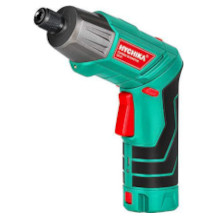
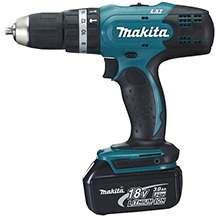
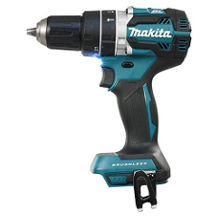
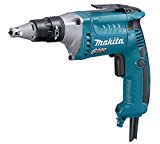
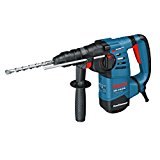
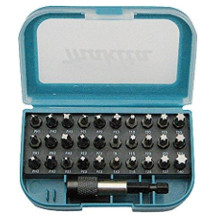

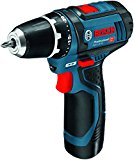
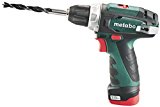
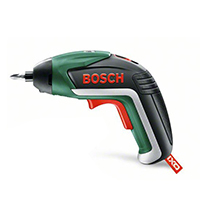
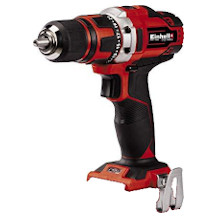
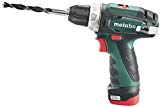
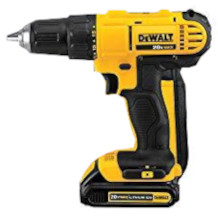
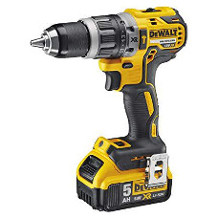
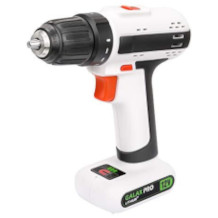
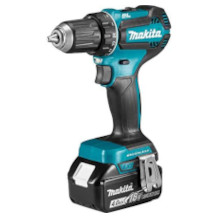
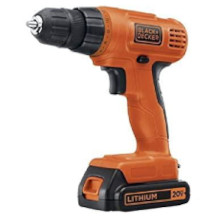
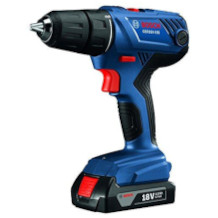

 4,212 reviews
4,212 reviews

